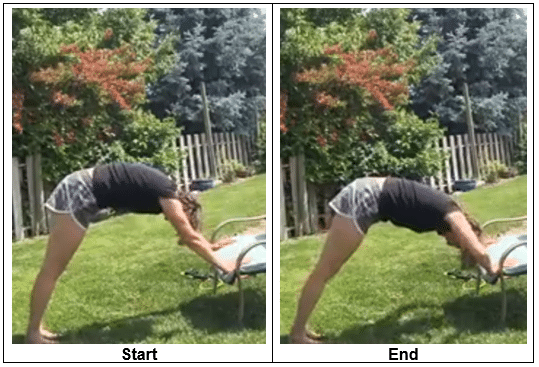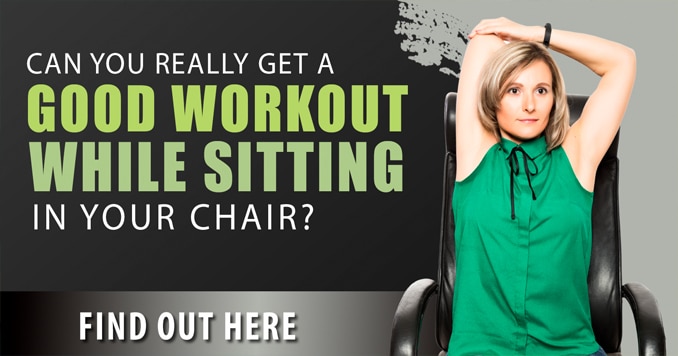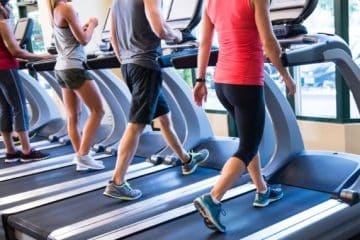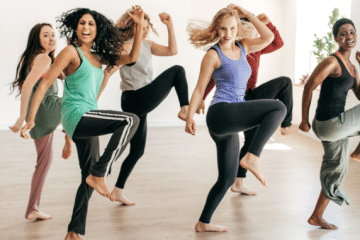Why is it important to have upper body strength?
Upper body strength is incredibly important, especially for women. It is common to have shoulder or neck pain due to inadequate upper body strength. As we age, we naturally lose muscle mass. But we can maintain muscle composition with good nutrition and regular use. Our muscles work on supply and demand. If you use your muscles regularly doing varied tasks and movements, you can maintain strength in your upper body. You can also build muscle strength at any age, providing that you have proper nutrition. However, it's important to start at a level that is appropriate for you and try these 5 ideas for a stronger upper body.
5 Progressions For Stronger Upper Body
1. Shoulder Press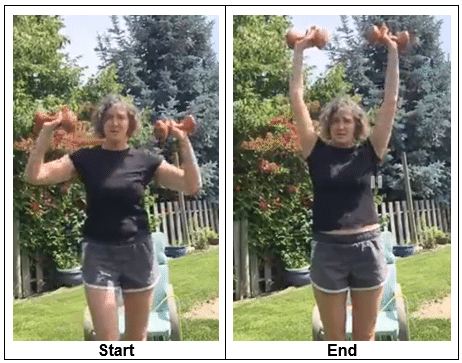
The shoulder press is one of the simplest exercises, yet one of the most effective exercises to strengthen your shoulders and neck. But for many people, getting their arms above the head can be a challenge. We recommend starting with a very lightweight (less than 5 pounds). You can even start with just your body weight.
Alternative Exercise- Ideas for Stronger Upper Body: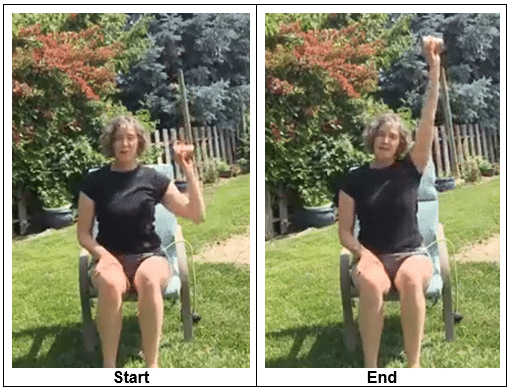
If weights are too heavy or you don't have weights at home, use canned food. To make the exercise even easier, simply press one arm up at a time. Also, try going through the exercise in a sitting position to eliminate possible balance concerns.
2. Leaning Exercises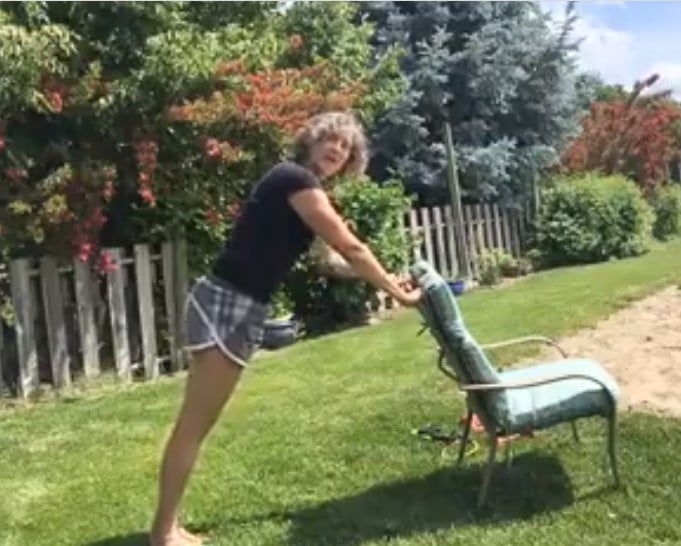
Another option for generating upper body tolerance is simply to ‘lean'. When you lean on the back of your chair, you're using your deltoid and pectoral muscles. You're also engaging your abdominals. To make the exercise more challenging, increase the angle of your body by leaning on the seat of the chair. The greater the angle of your body, the greater the intensity of the exercise.
Alternative Exercise- Ideas for Stronger Upper Body: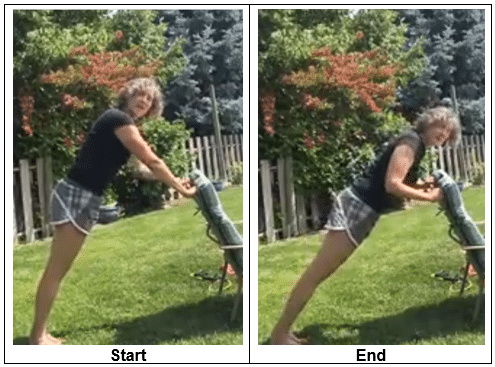
You can also start doing a partial push-up, which also uses the backs of your arms (triceps). Do 5 to 10 push-ups, or until you feel fatigued in your arms. This is a great progression to full push-ups.
3. Downward Dog Position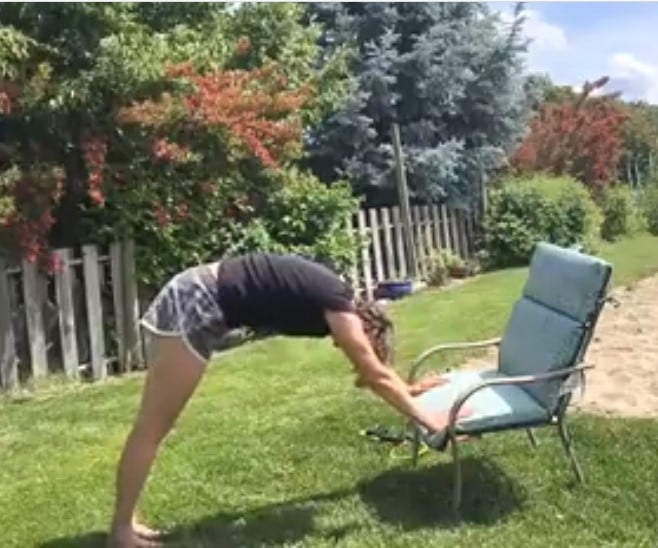
Putting your hands on a chair in a downward dog position is easier than a traditional downward dog position on the floor. Hold this position for 3-10 seconds.
4. Upside Down Push Up
When attempting an upside-down push-up, only go as deep as you are comfortable. To make the exercise easier, move your elbows out to the sides.
5. Arm Press in Downward Dog Position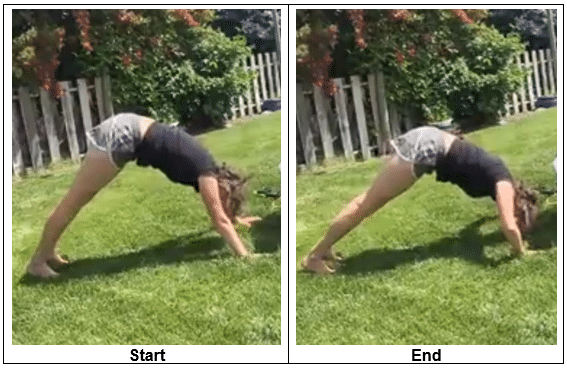
To make this exercise more challenging, do an arm press from a downward dog position. Some people find just leaning on the chair difficult enough, so find a progression that feels right for you.
If you like the overhead press, then using lightweight is really beneficial. If you like weight-bearing and putting your hands on a chair, counter, or on the ground, these are great general upper body exercises. More importantly, they all use the same movement pattern, which is putting weight on your arms. When you're doing these exercises, make sure that your shoulders, wrists, and neck are not stressed. These 5 ideas for stronger upper body can strength you body.
Online Questions:
1.) My rheumatoid arthritis is acting up and I’m trying everything I can to feel good again. Watching and moving with you should help a little. – Ernestine Richardson
Answer: With rheumatoid arthritis, you want to move easily and gently. Start with something really small. We recommend putting a wrapped-up towel or facecloth in your hands because that actually acts as a base of support. When you have something in your hand, it is an automatic pattern that gets generated just below your conscious control and it starts to enact a straightening pattern or reaching pattern in your arm.
If you have something in your hand, even a little bit of load is almost sometimes easier to do. When starting to work on upper body strengthening, we always recommend putting something in your hands, whether it's a small weight, canned food, or a rolled-up facecloth. Start doing 5 to 10 repetitions on each side.
2.) How long until we notice results. Should we do these daily? – Karen
Answer: When you are doing resistive exercises, you're not going to notice huge changes until about 2 to 3 weeks. These exercises are pretty light, so you can do them every day. If you feel pretty good the day after exercising, then you can do it again.
If you already feel tired or you start to feel soreness in your muscles, then give yourself a day off and do the exercises on alternate days. Give your muscles at least three weeks to adapt and get stronger because muscles change slowly over time.
As your muscles adapt, you want to keep challenging them so that you don't plateau. To progress, increase the weights you are using or increase the number of repetitions you are completing. Regular use of your muscles is the key to success.
Transform your fitness routine with our Safe & Strong Seated Workout – Dumbbell Edition! Whether you're recovering from an injury, have limited mobility, or just prefer seated exercises, this program is designed to empower you. Join us today to strengthen your body, boost your confidence, and experience the joy of movement from the comfort of your chair. Take the first step towards a healthier you – seize the dumbbells and let's get started!


